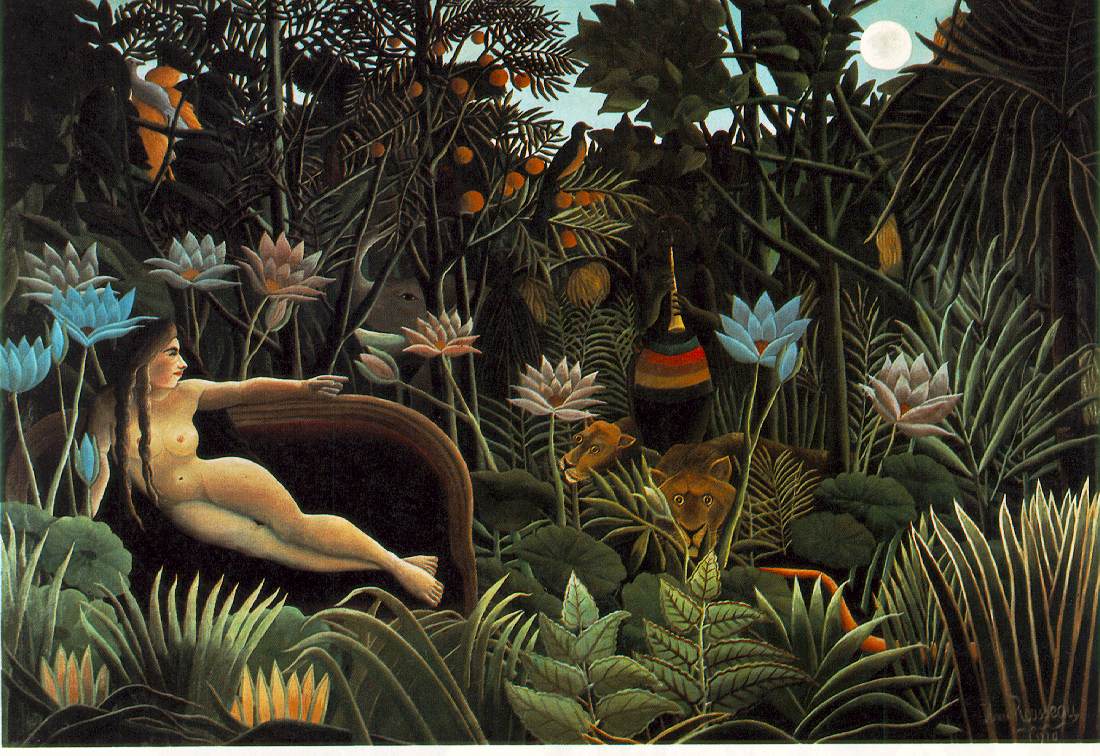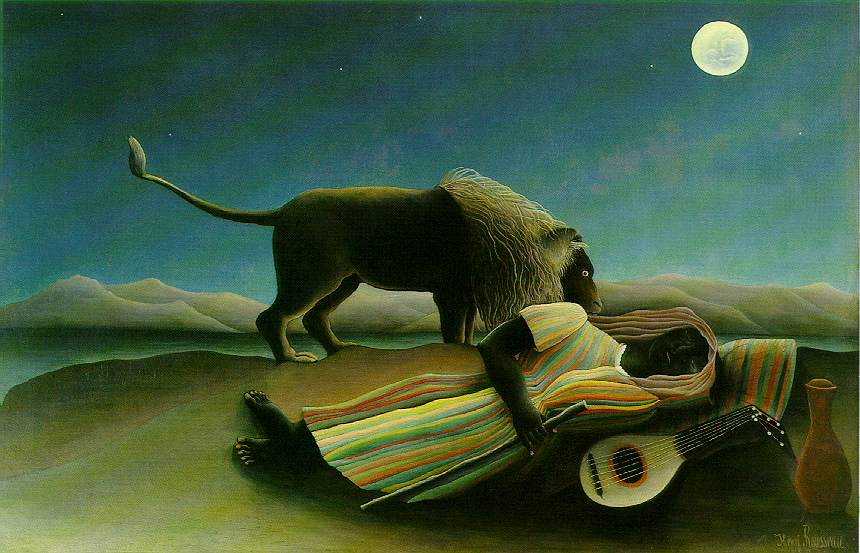Rebecca Horn:
 Still from performance of Körperfächer, 1972
Still from performance of Körperfächer, 1972
Rebecca Horn has been building her collection of work since the 1970's. It seems that no media has ever been off limits for her and she has worked in film, sculptures, spacial installations, drawings, photographs, and performance. Her work often is exploring the kinetics of the human body and later the kinetics of objects in space. Her most recent works are dealing with light, mirror reflection and music. Her sculptures have been comprised of violins, suitcases, batons, ladders, pianos, feather fans, metronomes, small metal hammers, black water basins, spiral drawing machines and huge funnels. Oddly, I do not like the work of Rebecca Horn. I kinda think that's a good thing in a way because I don't think that just because someone is a famous artist that they should be appreciated by me all the time. I do think I should take the time to understand why in particular I'm not a huge fan. I hope that its not because I'm just not smart enough to get what she is doing....but I kinda have the feeling that's it. I will say that I really liked her piano piece that we saw in the video though.
Jana Sterbak:
 Remote Control
Remote Control, 1989
Sterbak is primarily known for art dealing with conceptions of the body, and often times specifically the female body. Much of her work has a dark, sardonic, feminist commentary running strongly throughout. She is originally from Prague and moved to Canada with her parents in the late 1960's. And began her art career in the late 70's and 80's. Her work often had to deal with restraint, or control, as in the example image above, where Sterbak herself hung helpless in a steel cage (in the form of a hoop skirt) while viewers were invited to move her around the gallery via remote control. Another of her most famous pieces--made even more famous now that it was donned by Lady Gaga--is
Vanitas; Flesh Dress for an Albino Anorectic (1987) in which a lithe model wore a dress comprised entirely of rotting flank steak.
I have to admit it, I love feminist art. You would think that it would get old after awhile, and that people would say all we have to say, but all you have to do is turn on an NFL Cowboys game, or a NBC televised beauty contest to see that there is still a relevancy to feminist art in today's society.
Rachel Whiteread:
 Untitled (Grey), 2006 mixed media
Untitled (Grey), 2006 mixed media
Whiteread's work is often times dealing with how humans and other elements act on objects over a period of time. She is interested in the marks and memories that are left behind on objects by some outside matter. In the picture posted above for example, the element that would have effected the tub could have been water, or even bodies. Many of her other works include casts of the inside of houses or other structures where memories and movements can be recorded through her castings. Her work often deals with the technical, and logistical challenge of transforming liquid matter in to something solid.
I personally love Rachel's work. Her architectural pieces are awe inspiring, and utterly striking. Her smaller works evoke delight in a way that only something truly novel can. It is always a pleasure to find a new way to look at things, especially in a world that sometimes becomes much too comfortable, expected, or mundane.
Caroline Broadhead:
 Double dress tulle, pencil
Double dress tulle, pencil
Caroline Broad head does some beautiful work. It is highly feminine, and often has to do with clothing, fashion or adorning the body in some new and unusual way. Her work seems to often have diaphanous and ethereal qualities, often reminding me of shadows, memories, or spirits. Her work in textiles and jewelry is well recognized and has been successful at walking the line between craft and fine art.
A statement:
"My work has evolved in a journey outwards from the body. Starting with the most intimate of design objects, jewellery, I made pieces to be worn next to the body, to be handled and changed by the handling. This led to using clothing forms, objects that followed or deviated from the human form, and which acted as metaphor for a person. At the same time, I started to work with choreographers, making garments and sets for dance. Some of these have been made by taking references from the historic buildings they were performed in. Later, the inclusion and control of shadows put the emphasis on a less substantial element. More recently, I have been constructing and manipulating spaces, exploring light and shade, and considering ways in which an audience moves through and experiences those spaces."
Nick Cave:
 Soundsuit
Soundsuit
What can I say, Nick caves stuff is so amazingly fun. There is such a difference between his work and that of all the artist I have listed previously. The other work is so powerful and so serious, in contrast to the lighthearted, whimsy that Nick Cave produces. His work is truly about the celebration of the body, where as I feel like the other works I've viewed from other artists are pointing out the limitations, or at least the actual possibilities of the body. Nick Cave completely transforms the body and allows it to do much more than is traditionally conceived of. He encourages the fantastical, the whimsical and the imagination. His sound suits are often about celebration and dance, from the French tradition of Mardi Gras and Carnival to the traditions of African Tribal dances and costume.















































